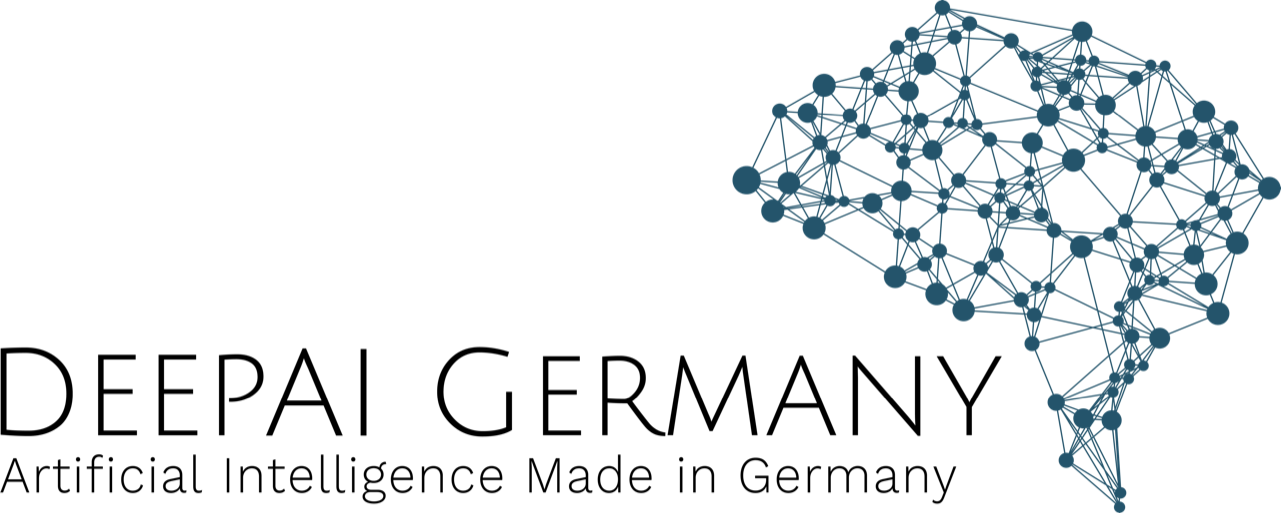There has been a remarkable surge in the use of algorithms and artificial intelligence to address a wide range of problems and challenges. While their adoption, particularly with the rise of AI, is reshaping nearly every industry sector, discipline, and area of research, such innovations often expose unexpected consequences that involve new norms, new expectations, and new rules and laws.
To facilitate deeper understanding, the Social and Ethical Responsibilities of Computing (SERC), a cross-cutting initiative in the MIT Schwarzman College of Computing, recently brought together social scientists and humanists with computer scientists, engineers, and other computing faculty for an exploration of the ways in which the broad applicability of algorithms and AI has presented both opportunities and challenges in many aspects of society.
“The very nature of our reality is changing. AI has the ability to do things that until recently were solely the realm of human intelligence — things that can challenge our understanding of what it means to be human,” remarked Daniel Huttenlocher, dean of the MIT Schwarzman College of Computing, in his opening address at the inaugural SERC Symposium. “This poses philosophical, conceptual, and practical questions on a scale not experienced since the start of the Enlightenment. In the face of such profound change, we need new conceptual maps for navigating the change.”
The symposium offered a glimpse into the vision and activities of SERC in both research and education. “We believe our responsibility with SERC is to educate and equip our students and enable our faculty to contribute to responsible technology development and deployment,” said Georgia Perakis, the William F. Pounds Professor of Management in the MIT Sloan School of Management, co-associate dean of SERC, and the lead organizer of the symposium. “We’re drawing from the many strengths and diversity of disciplines across MIT and beyond and bringing them together to gain multiple viewpoints.”
Through a succession of panels and sessions, the symposium delved into a variety of topics related to the societal and ethical dimensions of computing. In addition, 37 undergraduate and graduate students from a range of majors, including urban studies and planning, political science, mathematics, biology, electrical engineering and computer science, and brain and cognitive sciences, participated in a poster session to exhibit their research in this space, covering such topics as quantum ethics, AI collusion in storage markets, computing waste, and empowering users on social platforms for better content credibility.
Showcasing a diversity of work
In three sessions devoted to themes of beneficent and fair computing, equitable and personalized health, and algorithms and humans, the SERC Symposium showcased work by 12 faculty members across these domains.
One such project from a multidisciplinary team of archaeologists, architects, digital artists, and computational social scientists aimed to preserve endangered heritage sites in Afghanistan with digital twins. The project team produced highly detailed interrogable 3D models of the heritage sites, in addition to extended reality and virtual reality experiences, as learning resources for audiences that cannot access these sites.
In a project for the United Network for Organ Sharing, researchers showed how they used applied analytics to optimize various facets of an organ allocation system in the United States that is currently undergoing a major overhaul in order to make it more efficient, equitable, and inclusive for different racial, age, and gender groups, among others.
Another talk discussed an area that has not yet received adequate public attention: the broader implications for equity that biased sensor data holds for the next generation of models in computing and health care.
A talk on bias in algorithms considered both human bias and algorithmic bias, and the potential for improving results by taking into account differences in the nature of the two kinds of bias.
Other highlighted research included the interaction between online platforms and human psychology; a study on whether decision-makers make systemic prediction mistakes on the available information; and an illustration of how advanced analytics and computation can be leveraged to inform supply chain management, operations, and regulatory work in the food and pharmaceutical industries.
Improving the algorithms of tomorrow
“Algorithms are, without question, impacting every aspect of our lives,” said Asu Ozdaglar, deputy dean of academics for the MIT Schwarzman College of Computing and head of the Department of Electrical Engineering and Computer Science, in kicking off a panel she moderated on the implications of data and algorithms.
“Whether it’s in the context of social media, online commerce, automated tasks, and now a much wider range of creative interactions with the advent of generative AI tools and large language models, there’s little doubt that much more is to come,” Ozdaglar said. “While the promise is evident to all of us, there’s a lot to be concerned as well. This is very much time for imaginative thinking and careful deliberation to improve the algorithms of tomorrow.”
Turning to the panel, Ozdaglar asked experts from computing, social science, and data science for insights on how to understand what is to come and shape it to enrich outcomes for the majority of humanity.
Sarah Williams, associate professor of technology and urban planning at MIT, emphasized the critical importance of comprehending the process of how datasets are assembled, as data are the foundation for all models. She also stressed the need for research to address the potential implication of biases in algorithms that often find their way in through their creators and the data used in their development. “It’s up to us to think about our own ethical solutions to these problems,” she said. “Just as it’s important to progress with the technology, we need to start the field of looking at these questions of what biases are in the algorithms? What biases are in the data, or in that data’s journey?”
Shifting focus to generative models and whether the development and use of these technologies should be regulated, the panelists — which also included MIT’s Srini Devadas, professor of electrical engineering and computer science, John Horton, professor of information technology, and Simon Johnson, professor of entrepreneurship — all concurred that regulating open-source algorithms, which are publicly accessible, would be difficult given that regulators are still catching up and struggling to even set guardrails for technology that is now 20 years old.
Returning to the question of how to effectively regulate the use of these technologies, Johnson proposed a progressive corporate tax system as a potential solution. He recommends basing companies‘ tax payments on their profits, especially for large corporations whose massive earnings go largely untaxed due to offshore banking. By doing so, Johnson said that this approach can serve as a regulatory mechanism that discourages companies from trying to “own the entire world” by imposing disincentives.
The role of ethics in computing education
As computing continues to advance with no signs of slowing down, it is critical to educate students to be intentional in the social impact of the technologies they will be developing and deploying into the world. But can one actually be taught such things? If so, how?
Caspar Hare, professor of philosophy at MIT and co-associate dean of SERC, posed this looming question to faculty on a panel he moderated on the role of ethics in computing education. All experienced in teaching ethics and thinking about the social implications of computing, each panelist shared their perspective and approach.
A strong advocate for the importance of learning from history, Eden Medina, associate professor of science, technology, and society at MIT, said that “often the way we frame computing is that everything is new. One of the things that I do in my teaching is look at how people have confronted these issues in the past and try to draw from them as a way to think about possible ways forward.” Medina regularly uses case studies in her classes and referred to a paper written by Yale University science historian Joanna Radin on the Pima Indian Diabetes Dataset that raised ethical issues on the history of that particular collection of data that many don’t consider as an example of how decisions around technology and data can grow out of very specific contexts.
Milo Phillips-Brown, associate professor of philosophy at Oxford University, talked about the Ethical Computing Protocol that he co-created while he was a SERC postdoc at MIT. The protocol, a four-step approach to building technology responsibly, is designed to train computer science students to think in a better and more accurate way about the social implications of technology by breaking the process down into more manageable steps. “The basic approach that we take very much draws on the fields of value-sensitive design, responsible research and innovation, participatory design as guiding insights, and then is also fundamentally interdisciplinary,” he said.
Fields such as biomedicine and law have an ethics ecosystem that distributes the function of ethical reasoning in these areas. Oversight and regulation are provided to guide front-line stakeholders and decision-makers when issues arise, as are training programs and access to interdisciplinary expertise that they can draw from. “In this space, we have none of that,” said John Basl, associate professor of philosophy at Northeastern University. “For current generations of computer scientists and other decision-makers, we’re actually making them do the ethical reasoning on their own.” Basl commented further that teaching core ethical reasoning skills across the curriculum, not just in philosophy classes, is essential, and that the goal shouldn’t be for every computer scientist be a professional ethicist, but for them to know enough of the landscape to be able to ask the right questions and seek out the relevant expertise and resources that exists.
After the final session, interdisciplinary groups of faculty, students, and researchers engaged in animated discussions related to the issues covered throughout the day during a reception that marked the conclusion of the symposium.







